The release of the truly impressive new a7R3 camera from Sony has caught a lot of our attention. The a7R2 also caught my attention because of a great spec list and an impressive sensor, but when I spent time with it in 2017 I was left feeling a little ambiguous. It was just lacking in a few key areas and had more compromises than I was personally willing to make. When I got my hands on the a7R3, however, it was a different story. Within just a few days, I knew this was a camera I could happily use. My long term review revealed some weaknesses but a whole lot of positives. One of my viewers summed up my feelings well when they commented on how much they were enjoying using the camera. I enjoyed using the camera, and, as a result, made the decision to purchase one for my own kit. But at the time of purchase I owned no full frame (FE) native lenses for it. One of the most useful lenses for any photographer (and any system) is a good 50mm lens. So, I made my first project after purchase a three way comparison showdown between the three top autofocusing 50mm options for the system: the Sony/Zeiss 50mm f/1.4 Planar T*, the Sony/Zeiss 55mm f/1.8 Sonnar T*, and the Samyang AF 50mm f/1.4 (hereafter known as the Planar 50, Sonnar 55, and Samyang 50).
These reviews will share some core content (like this intro), but will break into individualized reviews for each lens.
Prefer to watch your reviews? Here is the full, detailed final video review of the Planar 50.
Check me out on: Google+: | Facebook: | Twitter: | Flickr: | 500px: | Sign Up for My Newsletter :
Build, Handling, and Specifications
For lenses that are roughly similar in their basic design (wide aperture 50mm lenses), there is a surprising amount of difference in the size, weight, and price of these lenses. The heaviest option (Planar 50) is more than twice as heavy as the lightest (Sonnar 55), and the most expensive option (Planar 50) is nearly 2 ½ times as expensive as the least expensive (Samyang 50). Using US market prices from B&H Photo (who supplied me retail loaners of each lens) at the time of review, the Samyang costs $599, Sonnar 55 $898, and the Planar 50 is $1398.
This video will give you a detailed, close up look at each lens, including the Planar 50.
Here’s a chart breaking down the other basic specifications of each lens.
| Lens | Weight | Diameter | Length | Min Focus | Magn-
ification |
Filter
Size |
Optical Formula |
| Sony 50mm f/1.4 | 27.36oz
778g |
3.29”
83.5mm |
4.25”
108mm |
1.48’
45cm |
0.15x | 72mm | 12 elem
9 groups |
| Sony 55mm f/1.8 | 9.91 oz
281g |
2.54”
64.4mm |
2.78”
70.5mm |
1.64’
50cm |
0.14x | 48mm | 7 elem
5 groups |
| Samyang 50mm f/1.4 | 20.64oz
585g |
2.89”
73.5mm |
3.85”
97.7mm |
1.48’
45cm |
0.15x | 67mm | 9 elem
8 groups |
It should be noted each of these lenses have a great feel to them. They all feel like premium lenses, with a lot of metals in their construction. They are all very handsome lenses, too, with a black anodized finish. The Samyang sports a very nice looking bright red accent ring that is reminiscent somewhat of Canon’s L series save in a brushed aluminum finish that is arguably more elegant.
The Sony Planar 50 lens feels like the premium lens that it is. It’s heavier than the other two options and has the most premium “feel” to it, which includes (unlike the other two options), a dust and moisture resistance. It’s hard to quantify how substantive the internal sealing is from the outside, but the lens’ build itself feels extremely robust. This lens feels more Zeiss than Sony to me, which is a good thing. The anodized metal barrel of the lens looks very similar to that of Zeiss’ Milvus/Otus/Batis series, though in this case the focus ring is finely ribbed metal rather than a rubberized surface.
This is the most fully featured 50mm lens I’ve ever seen (and I’ve used/reviewed more than 20 of them). The one feature it doesn’t have is image stabilization, but that is handled in the camera on many Sony E mount cameras (and in both the a6500 and a7R3 I’ve used for this review). It includes both the option for automatic aperture iris control (in body) and also a manual aperture ring.
The manual aperture ring is better than many in that it includes 1/3 stop detents in between the major full stops (very nice!), but, even better for video shooters, it has a switch on the right side of the body that allows one to “declick” the aperture and do aperture racking with no predefined clicks. This allows for smooth (and silent) aperture changes. The only fly in the ointment here is in the “future proofing” department. I still use 40 and 50-year-old lenses on modern cameras due to their fully manual nature that makes them easy to adapt. Things aren’t quite as simple here, as while there is a “manual” aperture ring, the aperture changes (like focus changes) are routed through the lens’ electronic controls. So, in this case, the lens has to be powered on and connected for aperture changes to be made…even if you are using the manual aperture ring. There is no direct coupling to the aperture iris. It’s the same concept as the “focus-by-wire” nature of the manual focus ring.
Like most “focus by wire” lenses, the Planar 50 lacks some tactile feedback due to having no direct coupling to the lens elements (no hard stops at minimum or infinity), though this one has far more feel than usual. There are no hard stops anywhere, so the focus ring can be endlessly twirled without accomplishing anything if certain conditions are not met. The focus ring only accomplishes something if the camera is in MF (or DMF) mode and powered on. One major improvement here, however, is that there is an actual AF/MF switch on the left side of the lens. This means that you don’t have to dive into menus to engage Manual Focus; you can just click the switch. One very nice bonus on lenses like this is that the image is automatically magnified in the viewfinder as soon as you start to provide input, which makes it quicker and more intuitive to nail focus quickly.
The focus ring itself is nice and wide (near two inches) and has great grip due to the tight ribbing. The damping feels heavy if you just turn it, but when you are actually making focus changes the weight feels fantastic. The lens is far more responsive than the typical focus-by-wire setup (perhaps the best implementation I’ve seen outside the Zeiss Batis series), with basically no input lag and the ability to make smooth, accurate focus changes with just about the right speed. The focus motor stays essentially silent during this process, so you aren’t reminded that it’s actually moving the elements and not you. Sony nailed this one for manual focus. If only all focus by wire systems were this good!
There is a Sony brand on the right side of the barrel, a Zeiss brand on the left side, and an FE 1.4/50 branding on the top. The serial number is on the bottom side of the barrel, and has a raised texture strip that just feels too much like tape for my tastes (though it isn’t tape and cannot be lifted).
There is a very fine weather sealing gasket at the lens mount, and a look at the metal mount shows a “Made in Thailand” stamp, signifying the lens was produced at Sony’s Thai factory.
Up front the lens looks all Zeiss, with only Zeiss branding there, including the Planar optical design (a Zeiss design), T* coatings (Zeiss coatings), ZA (a Zeiss mount designation), and the actually Zeiss name. The lens has a 72mm filter thread in metal (appropriately), making this the largest filter size of the three competitors. The 72mm filter size is fairly common, however, and one shared by a number of premium prime lenses.
The aperture iris is a somewhat unusual eleven rounded blade design that was clearly designed for optimal bokeh quality when the aperture is stopped down.
There’s only one discordant note in this otherwise premium, top-of-the-heap build – the lens hood – which frankly feels a little cheap by comparison. It is a lightweight plastic, easily squeezed, and has only a matte finish inside to deal with stray light bouncing around. Otherwise this lens really feels like a “you get what you pay for” experience and feels well worth the high price tag.
The Planar 50’s size and cost make it less attractive to APS-C owners than the Sonnar 55. It’s too big and too heavy to balance well on my Sony a6500 body. It’s a better fit on the a7R3, and better yet if one is using the battery grip. The Sonnar 55 is such a natural fit on APS-C, and I personally think that even the focal length there (82.5mm vs 75mm) provides a better portrait option.
Focus Noise, Speed, and Accuracy
Each of these lenses handles focus a little differently, but there is one clear winner when it comes to video autofocus performance – the Sonnar 55mm. It is the quietest lens of the bunch when focusing (essentially silent), and also focuses smoothly and confidently for video AF. The Planar 50 makes an occasional whirring noise during focus but is fairly mannerly as well. While shooting a segment for my YouTube channel with the lens, I got excellent results, with complete steadiness and accurate focus during the review. While I don’t use on camera audio for these videos, I can tell you from my time behind the camera that, other than a little “whirring” when making major focus changes, the focus is very quiet and smooth during focus transitions.
The Samyang 50 is not a very good lens for video AF. The lens makes a lot of high pitched whirring noises during focus and is also the least confident for face tracking. It makes a lot of minor corrections, as if second guessing itself, and will occasionally go out of focus before picking proper focus back up. I did shoot a video segment with the lens, but had to majorly edit to cover up moments when it lost focus. Samyang now makes a Lens Station whereby you can apply firmware updates and make tweaks to lens behavior, so I wouldn’t be surprised if firmware further tweaks focus algorithms to smooth out focus behavior, but firmware can’t change the actual nature of the focus motor and the noises it emits…which are frankly not very reassuring. The Lens Station is not yet widely distributed, and I was actually unaware of it prior to this review and did not have access to one.
For stills shooting the two Sony lenses are both fast and quiet. The Planar 50 is a close second tothe Sonnar 55mm, with similar focus speed but just a little more noise. The Planar 50 has excellent focus speed (despite the larger maximum aperture and much larger elements to move) and minimal sound. As with video, a major focus shift has a light sound of elements quickly sliding, but it happens so quickly that the faint sound is mentally registered but scarcely noticed. Eye AF works very well with the Planar 50, and the camera quickly keys in on the right area. Focus accuracy is good with the lens, and the combination of that quality AF plus the exceptional optics of this lens makes it a very appealing option for portraiture.
One thing to note with any of these lenses is the fact that depth of field can often be extremely small when working at close focus distances. I tend to use Sony’s mirrorless AF system a little differently than a DSLR, where I personally was most likely to choose a single AF point and place it where I wanted it (typically effective). Because of different AF options, selecting an individual AF point on, say, a Sony a7R3, is less necessary. I actually tend to use the wide zone and then employ face tracking and/or Eye AF to augment that. When working with a subject with eyes, Sony has refined this technology to near-perfection (particularly if they are facing the camera). As this photo shows, I grabbed the eyebrow rather than the eyelashes because Eye AF wasn’t engaged and the autofocus wasn’t on the same page with me.
When you can’t use face detection or Eye AF, however, you may need to adjust your approach to get the area you want in focus. If the autofocus doesn’t grab the area I want, I just override with my thumb on the touchscreen and move the “Flexipoint” around when I want it. This is typically effective, though with very narrow depth of field shots even the Flexipoint AF box is a little bit large, and the area selected may not be perfectly what you had in mind. I recommend a couple of alternate approaches. The first is go back to a DSLR type approach and put an autofocus point on the area you want. The second, however, is to enable DMF as your focus mode, and, if you feel the autofocus has not grabbed the point you want, just turn the manual focus (MF) ring to enable manual override. The great thing about all three of these lenses is that, in that scenario, the image automatically magnifies on either the LCD screen or in the viewfinder, making it easy to refine focus to the exact spot that you want.
The Planar 50 has perhaps the best MF performance of any “focus by wire” lens (which essentially all autofocusing lenses for mirrorless are) that I’ve ever used. The weight of the focus ring felt a little heavy until I actually used it for focus, and it was then that I discovered that the weight was actually perfect in real-world use. Very accurate, next to no input lag, and a surprisingly refined focus experience. Using manual focus to further refine focus in certain situations will be a treat due to the quality feel of the focus action.
Bottom line is that if you use the focus system on your camera well, this is a great focusing lens. Fast, accurate, and quiet. It’s a welcome relief as a reviewer to not have to worry about focus calibration with large aperture lenses like this.
Image Quality
My experience says that many photographers are willing to put up with a little focus noise (or even manual focus), pay more, or tolerate larger size and weight if the image quality results are exceptional. Let me first say that the competition here is very strong, and while there is a clear loser in terms of absolute sharpness and contrast, that lens has some other redemptive optical qualities. There is also a clear winner at the top, though the competition there is a little fiercer.
APS-C Findings (Sony a6500)
I did a comparison of image quality on both a 24MP APS-C (a6500) and 42MP full frame (a7R3), with fairly similar findings on both.
You can see a more detailed breakdown of my findings on APS-C in this video here:
A quick summation of my findings:
- At wide open apertures the Samyang 50 is noticeably softer than the other lenses in both the center of the frame and also along the edges due to reduced contrast and less resolution. Chromatic aberrations are less corrected on the Samyang 50, which creates a bit of veiling at wide apertures. The Samyang really sharpens up around f/5.6 and contends with the other two lenses in sharpness only then. The bokeh quality, however, is the softest and least busy from the Samyang. It is more optimized for portraiture than high degrees of resolution and contrast. The Samyang has the best light transmission of the group.
- The Sonnar 55 has good center sharpness with a nicely even performance across the frame. It has a slight bit of chromatic aberration that slightly reduces contrast, though contrast is weak only in comparison to the truly exceptional Planar lens. Stopped down the Sonnar 55 has the best landscape performance, with great sharpness even into the extreme corners. The Sonnar 55 has the busiest bokeh of the bunch, with a greater tendency towards cat-eye shapes towards the edges of the frame and with more hard edges that grab the eye in defocused regions.
- The Planar 50 is, put simply, perhaps the best 50mm lens I’ve ever used. It is very close to the Zeiss Otus 1.4/55mm in terms of absolute resolution and contrast, showing very little aberrations at either infinity distance (very challenging!) or portrait distances. It is exceptionally sharp in the center portion of the frame even at f/1.4, and the corners and brilliantly sharp by f/2. The bokeh quality from the Planar 50 is good, though not quite as soft as the Samyang. The Planar 50 has lower light transmission as the Samyang, and requires more EV to match the Samyang. The images out of the Planar seem the most “special”, with great absolute rendering and excellent 3 dimensional “pop”.
Here’s a few of the high points. First, a comparison with the Samyang at portrait distances, wide open, f/1.4:
Next, a comparison at f/2 vs the Sonnar lens:
If we move out to infinity focus distances, we find the same kinds of truths about resolution and contrast:
Put simply, the Planar 50 is the kind of lens that didn’t exist before the Zeiss Otus series came along: a wide aperture prime lens that is deadly sharp, well corrected, and with high contrast both at portrait distances and at infinity. Many primes in the past were often good at portrait distances but poor at infinity until stopped down to smaller apertures. We’ve seen a trend away from that with some recent lens releases, but the Planar 50 is as good as I’ve seen (right up with the Otus 1.4/55)…even on APS-C.
Here’s a few favorites that I took on the Sony a6500 with the Sony Zeiss Planar 50mm f/1.4:
Full Frame Findings (Sony a7R3)
This video really breaks down the optical performance of these lenses in a very clear fashion. I highly recommend that you take a little time to watch it if you are interested in one of these three options.
The Planar 50, is, put simply, perhaps the most impressive 50mm lens that I’ve reviewed on its native full frame – even when that full frame home is a demanding 42MP sensor. It’s perhaps not all surprising that the full frame results are similar to the APS-C results because of the similarities in the pixel pitch/density between the a6500 (24 MP APS-C = 3.89 µm) and a7R3 (42MP FF = 4.5µm). Pixel pitch refers to the amount of pixels packed onto a sensor, and, while the absolute number of pixels may be lower on the a6500, it’s sensor size/area is much smaller (23.5 x 15.6 mm) compared to the full frame a7R3 (35.90mm x 24.00mm). The Canon 6D camera that I used to shoot a lot on has a pixel pitch of 6.54 µm, due to having 20 MP full frame sensor, while my Canon 5D Mark IV (30.2MP) has a pixel pitch of 5.36 µm. You are probably seeing the pattern – the bigger the megapixel count relative to the sensor size brings the number down. It was not until the release of the 50 MP Canon 5DsR a few years ago that full frame cameras had a pixel density similar to that of APS-C cameras. The Canon 5DsR has a pixel pitch of 4.14 µm, which is still not quite as dense as the as the 24MP APS-C cameras (though very close). In the past, full frame lenses would often look quite a bit worse on APS-C because there were so many more pixels (relatively) packed in there – more than the lenses were engineered for. But now, thanks to much higher resolution full frame bodies, modern lenses are designed to resolve much higher.
I went into this ramble mostly to let you know to not expect a major difference in results on full frame lenses tested on the a7R3 and also the a6500 because the demands of the two sensors are roughly the same. In this case, however, the results are simply fantastic on either system.
At portrait distances the amount of resolution and contrast in the center of the frame is nothing short of stunning even at f/1.4. The extremely well corrected chromatic aberrations (even at f/1.4) mean that you get more even color results at wide apertures compared to the other lenses in this comparison on my brick wall test; they have a little purple tinge due to chromatic aberrations. On that note: the Planar has the most accurate color rendition of the three lenses. The Samyang has a warm/yellowish tint, while the Sonnar has a blue/cool look to it, though this is a little less strongly pronounced. The Planar, however, has a very Zeiss-like balance and accuracy to the color.
Let’s take a look at the wide open performance from the Planar:
As you can, there is really no comparison between it and the Samyang. They are in two completely different classes in terms of raw resolution and contrast. How about if we stop down things a bit?
As you can see, I’ve just compared the Planar with itself here, as it is in another class compared to the other lenses in this series. The sharpness and contrast rises to near-perfection levels at f/2.
If we move out to infinity, the Planar doesn’t blink; it continues to deliver a stunning performance.
What we see is already a near-perfect center performance with strong performances on the edge and at infinity. The Planar really stands out for its microcontrast: the ability to resolve fine textures and details. It’s a great match for the 42MP sensor of the a7R3. Let’s take a look at what happens when we stop it down and compare it to the Sonnar 55 (an excellent lens at landscape distances):
The lens shows far superior center contrast and sharpness and is better at infinity, though the edge performance is roughly the same. When stopped down to typical landscape apertures (f/5.6-5/8), the two are roughly similar, though the Planar continues to show nice color accuracy while the Sonnar has better edge resolution.
Even at very close distances, you can see the microcontrast advantage of the Planar lens. Look at this chess piece:
You can see that even the very good Sonnar lens is outclassed by the performance of the Planar 50. It’s impressive at all focus distances, something that just couldn’t be said of many primes even a few years ago. But even today this lens is exceptional. There’s only one area where I saw it bested in this comparison, and that is that while I found found the quality of the bokeh very good, the Samyang is a bit better…for a couple of reasons. First of all is the tradeoff on that amazing resolution and contrast is that it is hard to also deliver a very soft defocused area. Sony/Zeiss has actually done a fantastic job here, but the lower contrast and resolution on the Samyang actually delivers the softer, creamier out of focus results (and the Samyang is delivering some of the best bokeh results I’ve seen out of a 50mm lens). Here’s a few samples that demonstrate what I’m talking about (the final two examples are first the Planar and then the Samyang on the same scene:
What you can see is that the bokeh area is bigger, smoother, and softer on the Samyang. That first issue is an interesting one, as they are both the same focal length (and I didn’t notice framing differences between the two at any focus distance that would show either focus breathing or focal length variance), have the same stated maximum aperture (f/1.4), and were at an equal distance from the subject in all these comparisons (and others not shown here). You can clearly see in the second image, however, that even the size of the bokeh “circle” is quite a bit larger on the Samyang. My working conclusion is that the maximum aperture of the Planar 50 might be little smaller than the Samyang’s, and, that, at the least, the light transmission is better on the Samyang. In all of my comparisons the Samyang needed exposure to achieve a similar exposure value of the Planar. It wasn’t major (typically about a third stop), but I suspect that this was part of the trade-off in the lens design to achieve such stunning optical results.
Now, to be fair, the nature of these comparisons is that they are useful in highlighting strengths and weaknesses of each lens, but in real-world use these issues aren’t nearly as obvious. In this case, DXO actually rated the Planar 50’s light transmission as a T1.6, which isn’t terrible (the Sigma 50mm f/1.4 ART, by comparison is a T1.7 in their tests), so this may also be a matter of the Samyang being very strong in this area. I also found that real-world bokeh and rendering from the Planar 50 were very, very good, and that fantastic combination of amazing sharpness and microcontrast combined with quality bokeh rendering produce an end result that is as good as anything I’ve seen outside of the Zeiss Otus 1.4/55mm.
Flare resistance from the lens was good…for a wide aperture 50mm prime, for which this is rarely a strength. So, I use my “good” designation here in a relative sense. It will show some mild ghosting but minimal veiling and holds contrast well. The 11 bladed aperture makes for very round bokeh highlights when stopped down but doesn’t produce the most amazing sunbursts/sunstars:
Here are a few more samples from the lens:
If you would like to see more, I would encourage to visit the photo galleries here.
What about the Sigma 50mm f/1.4 ART?
I’m already getting questions about the Sigma 50mm f/1.4 ART, a similar premium option though at a reduced price compared to the Planar 50mm. At the beginning of this review, the best option was to adapt the Canon EF mount version via the Sigma MC-11 converter, which really provides a pretty good focus experience. The main downside to this experience is added weight and length to a lens that is already long and heavy. While doing this review, Sigma has announced E mount versions of many of the ART series lenses, including the 1.4/50mm. These are not new designs, per se, but rather slightly modified versions of the Canon EF version with something akin to a built-in mount converter that is better tuned to the unique focus needs of the lens (and with a cohesive exterior shell). Those have not yet released, and so I haven’t reviewed any of them yet (though I intend to do a compare/contrast of the experience with an adapted lens vs the FE version in the future.
That being said, I’ve spent a lot of time with the Sigma 50mm f/1.4 in the past, and I feel that the Sigma will deliver similar sharpness levels but less contrast/microcontrast. I also feel like the Planar 50 produced more “special” images in terms of rendering (though that is a matter of taste), but the Sigma is definitely a valid contender. The Planar lens is going to handle a little better (the Sigma has a very small focus throw that made it a little harder to manually focus), and I can’t yet comment on the focus motor sounds and smoothness for video as I haven’t tested that on a Sony system. The Planar does add the advantage of the manual aperture and declicked aperture options, though this may not important to all consumers.
I hope to do a direct comparison in the future if the opportunity presents itself.
Conclusion
The Sony/Zeiss Planar 50mm f/1.4 is just the kind of lens that Sony FE needs – a premium option that rivals (and even surpasses) the best available on competing systems. It has a premium build, premium mechanics and features, and premium optical results. It is expensive, yes, but it surpasses the build, handling, and real-world performance of the Sigma 50mm f/1.4 on the lower price point end (and thus arguably gives equally good value-for-money to those who care about these issues) and rivals the performance of the Zeiss Otus 55mm f/1.4 on the other end of the spectrum…and that lens costs some 2 1/2 times as much. Of the three lenses that I reviewed and compared in this series, it was this lens that excited me the most despite being the biggest, heaviest, and most expensive. Why? Because in my own personal kit I try to add exceptional lenses…and I feel this may be the most complete 50mm lens that I’ve yet reviewed. The Planar 50 has jumped up to the top of my own wish list at the moment, as I feel that it is a great match for other exceptional primes in my kit like the Canon EF 35mm f/1.4L II and the Zeiss Milvus 2/135mm. If you own a Sony full frame mirrorless camera, and your top priority is absolute image quality, then look no further. The Sony Zeiss Planar 50mm f/1.4 is a special lens.
Pros:
- Very high grade build, including weather sealing
- Great handling
- Manual focus action surprisingly good
- Good, practical feature set
- Exceptional sharpness and contrast
- Very accurate color rendition
- Good flare resistance
- Great microcontrast
- Quick, accurate focus
Cons:
- Bigger and heavier than competitors
- Expensive
- Autofocus not completely silent
- Light transmission a little lower than some competing lenses
Gear Used:
Sony FE 50mm f/1.4 Planar T*: B&H Photo | Amazon | Amazon.ca | Amazon UK | Ebay
Sony a7R III Camera: B&H Photo | Amazon | Amazon.ca | Amazon UK | Ebay
Peak Design Slide Lite: Peak Design Store | B&H Photo | Amazon | Amazon Canada | Amazon UK
Sony a6500: B&H Photo | Amazon | Amazon.ca | Amazon UK | Ebay
Peak Design Leash Strap: B&H Photo | Amazon | Amazon Canada | Amazon UK
Adobe Photoshop Creative Cloud 1-Year Subscription
Alien Skin Exposure X2 (Use Code “dustinabbott” to get 10% anything and everything)
Purchasing your gear through B&H and these links helps fund this website and keeps the articles coming. You can also make a donation here if you would like. Visit my Amazon page for some of my gear of choice! Thank you for your support.
Great News! I can now offer a 5% discount on all purchases at Amplis Foto, Canada’s Leading Photographic Supplier. Please enter discount code: AMPLIS52018DA in your cart. It is good for everything in your cart, and is stackable with other coupons, too! It will take 5% off your entire order! Proceeds go towards keeping this site going and providing you with new reviews!
Check me out on:
My Patreon: | Google+: | Facebook: | Twitter: | Flickr: | 500px: | Sign Up for My Newsletter :


A73 Poster


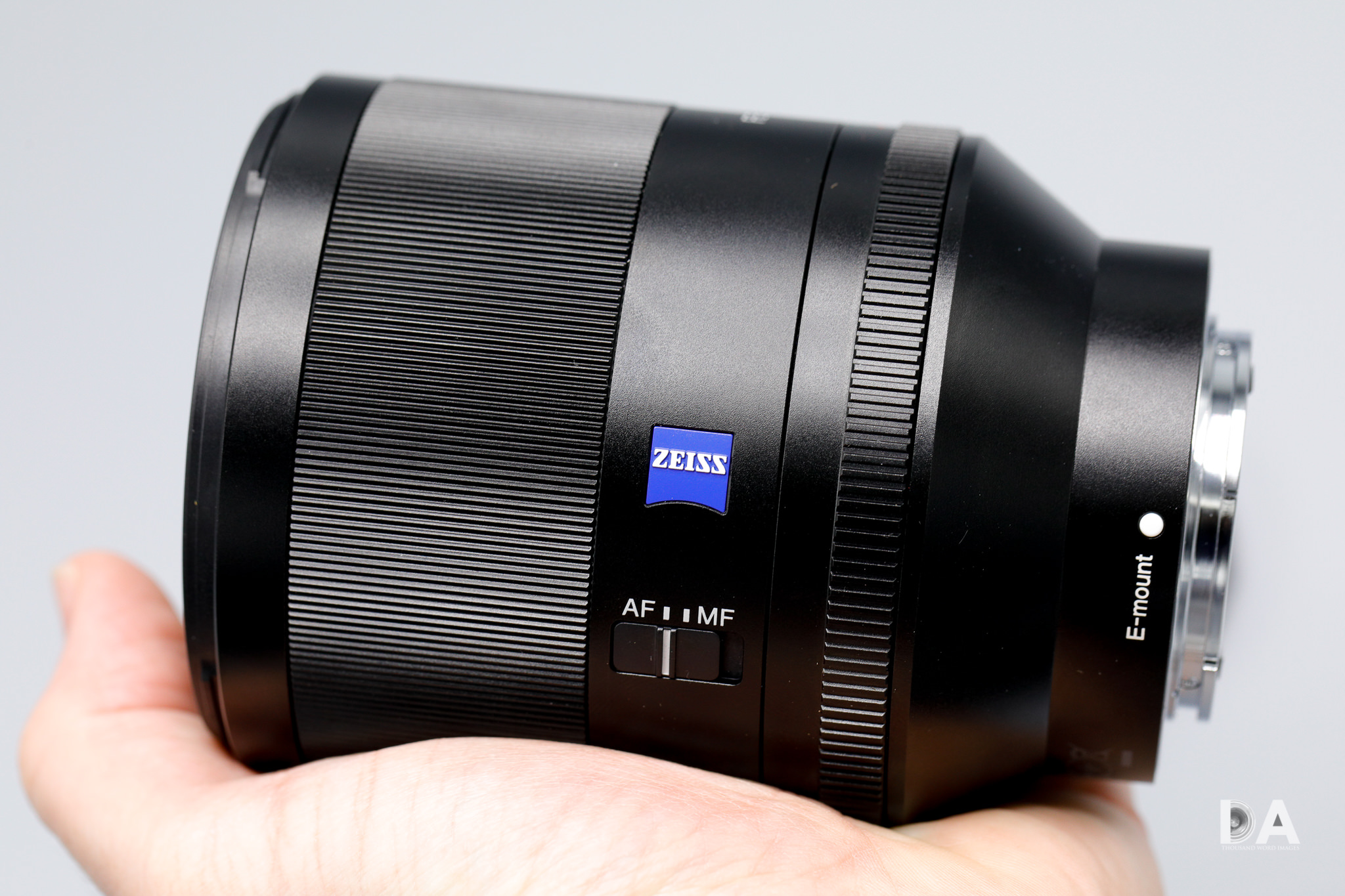
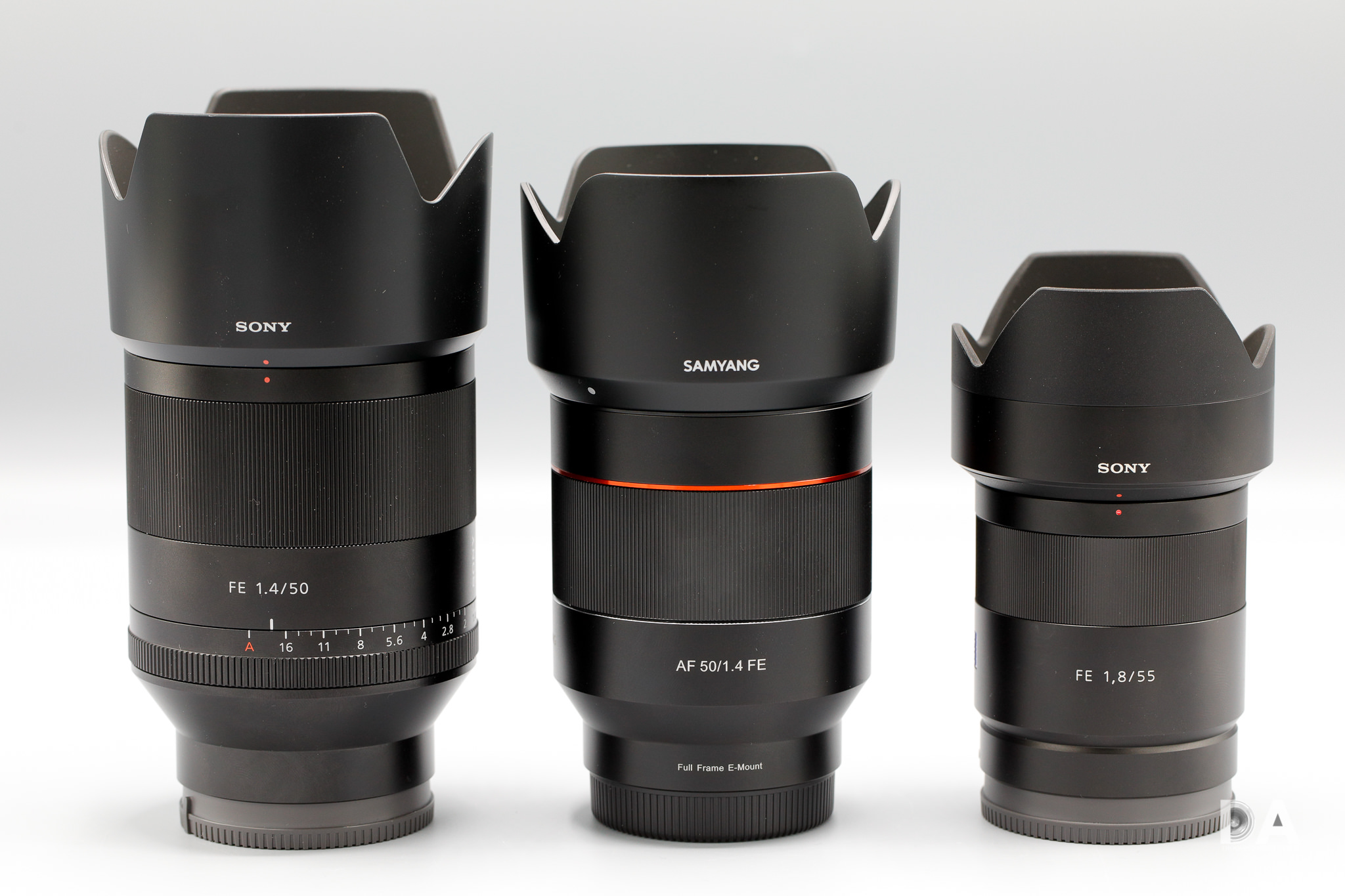
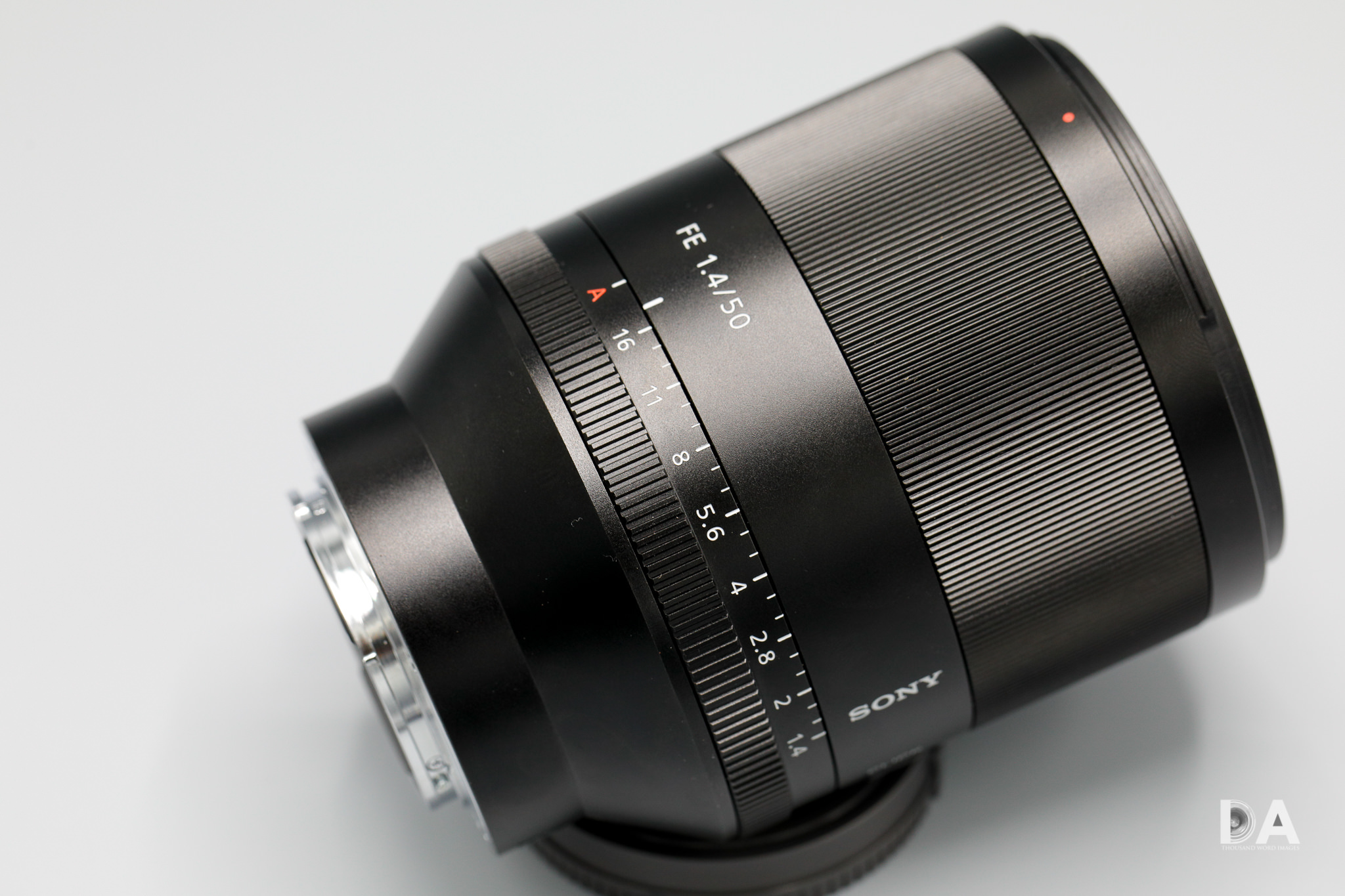

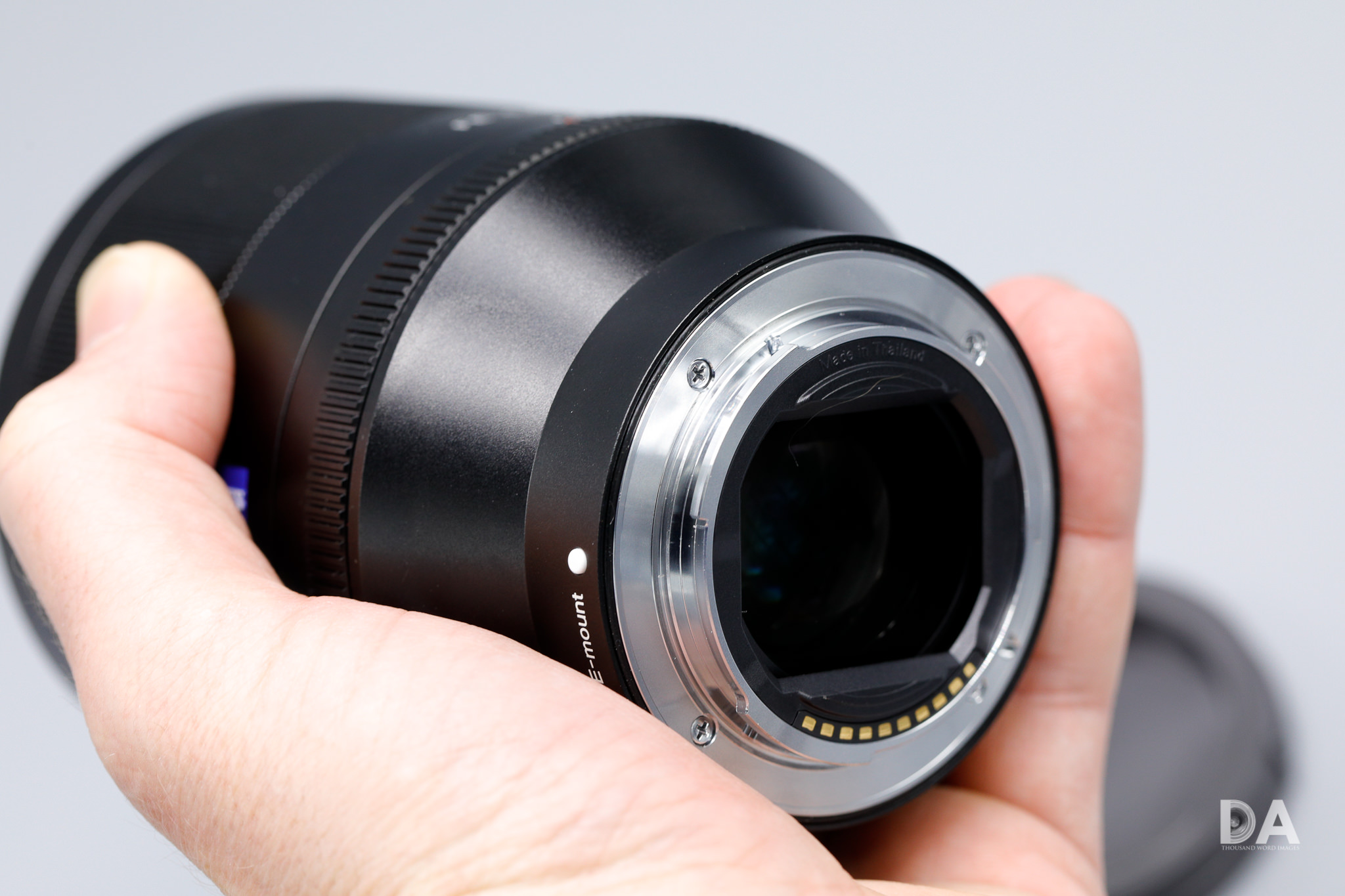
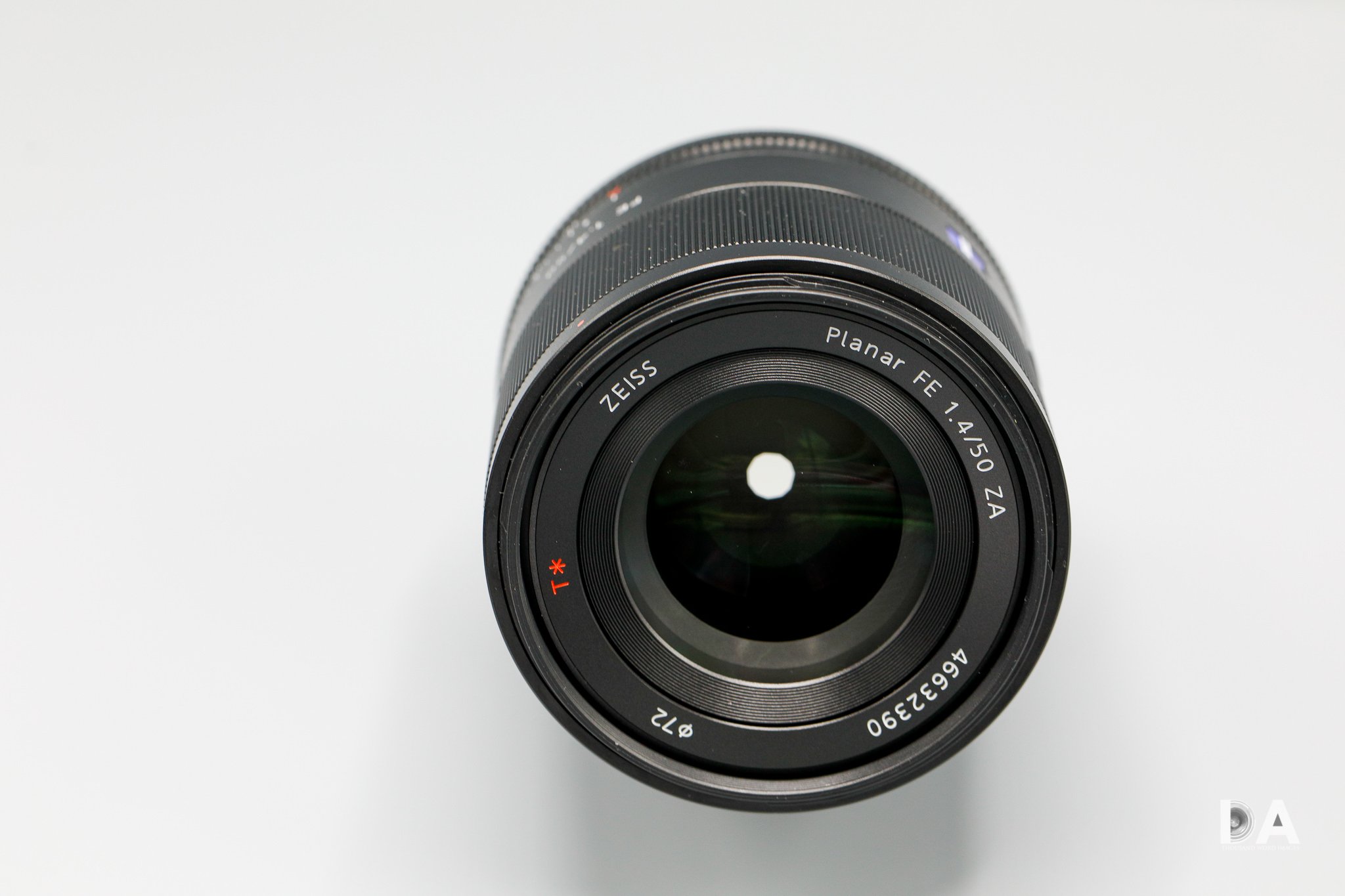
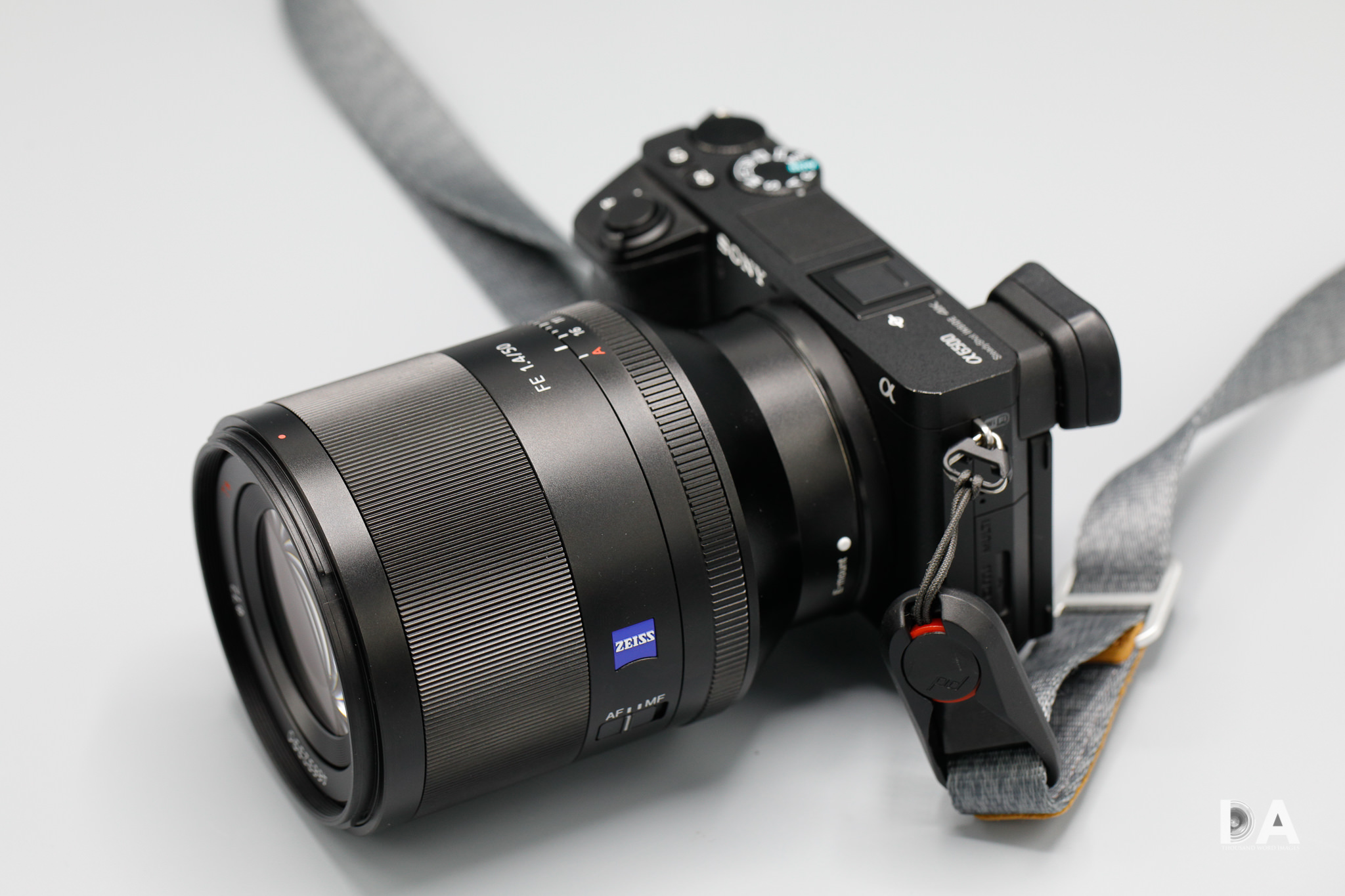
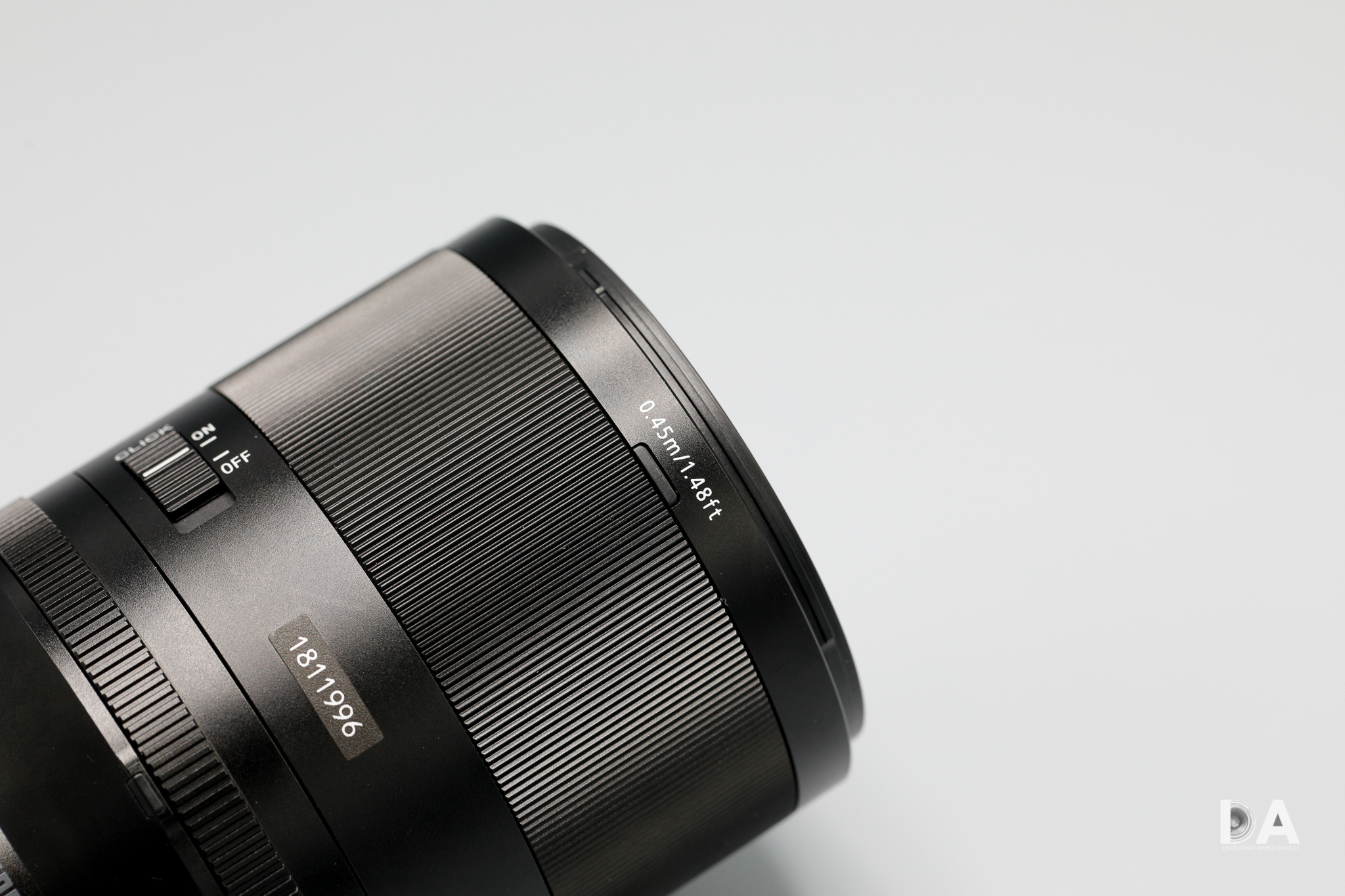





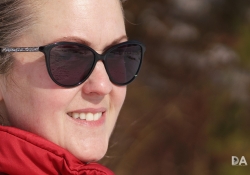







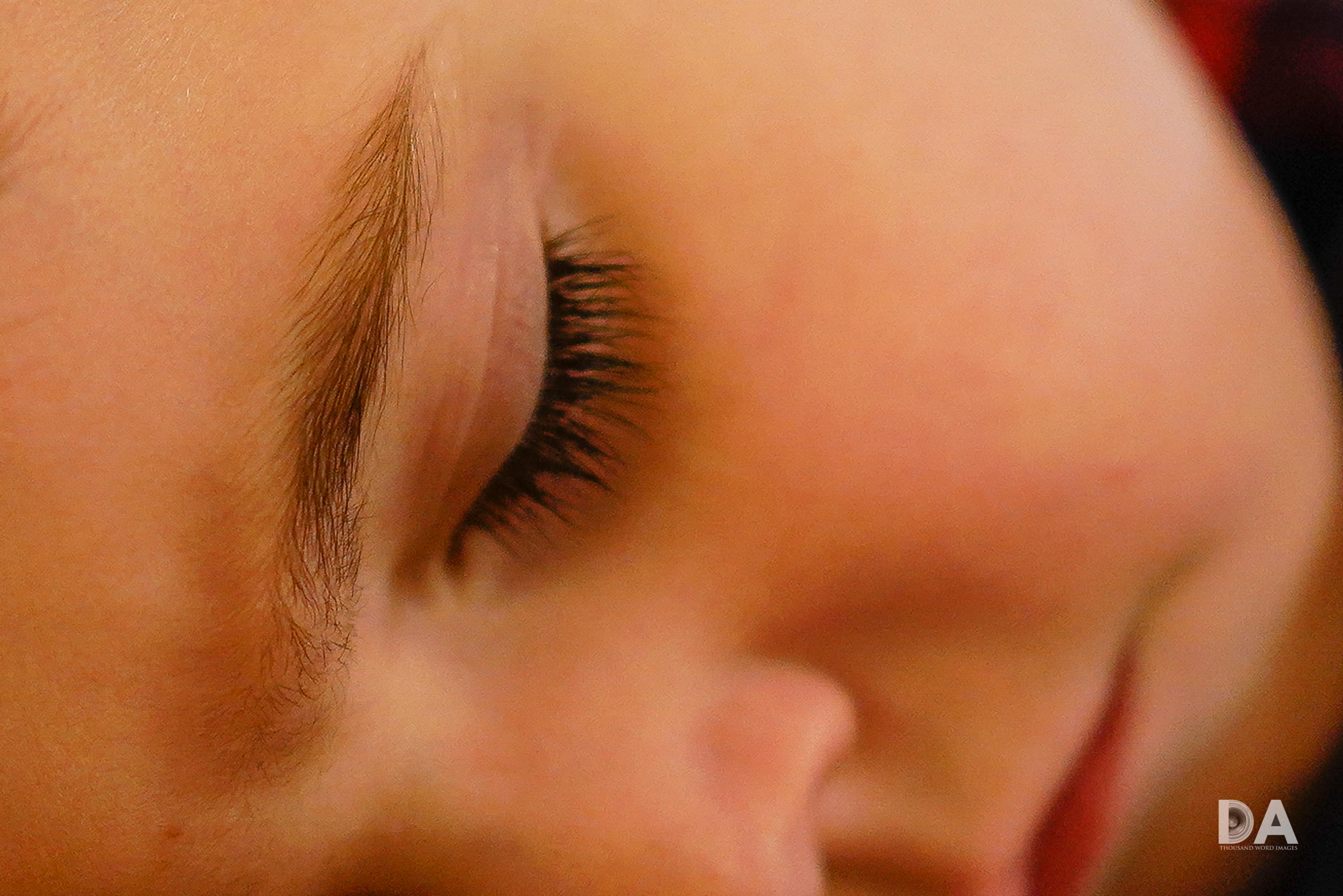

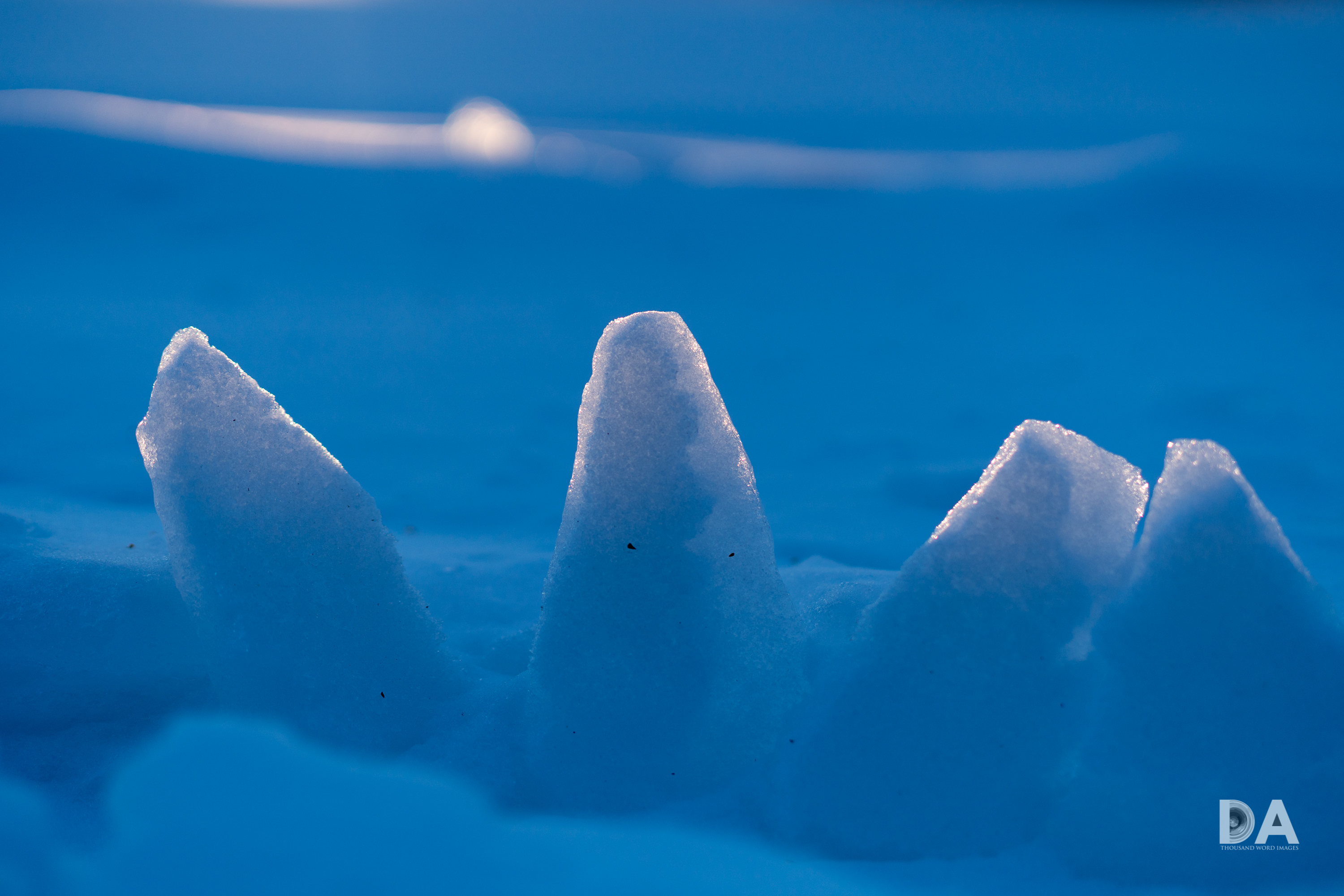
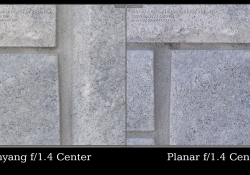
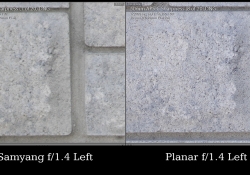
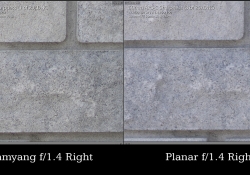
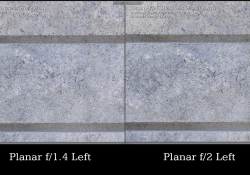
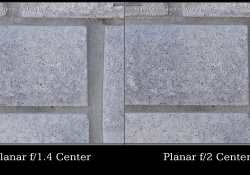
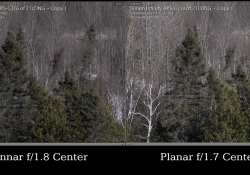
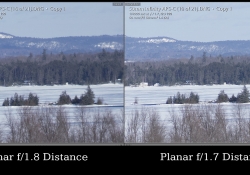
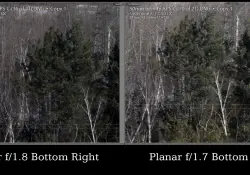








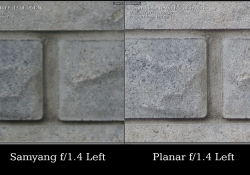
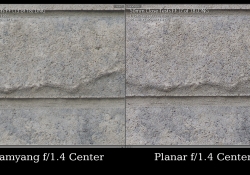
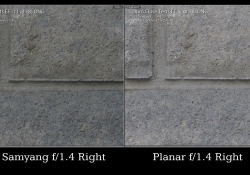
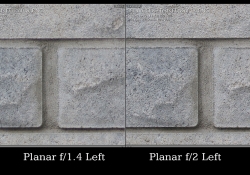
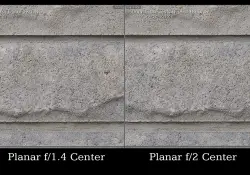
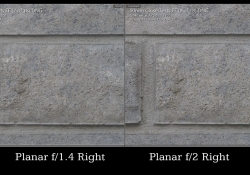
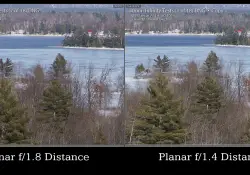
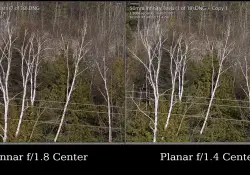

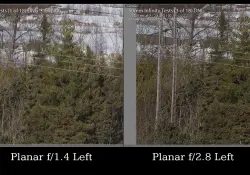

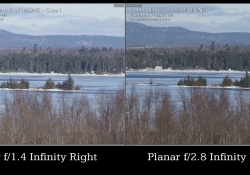
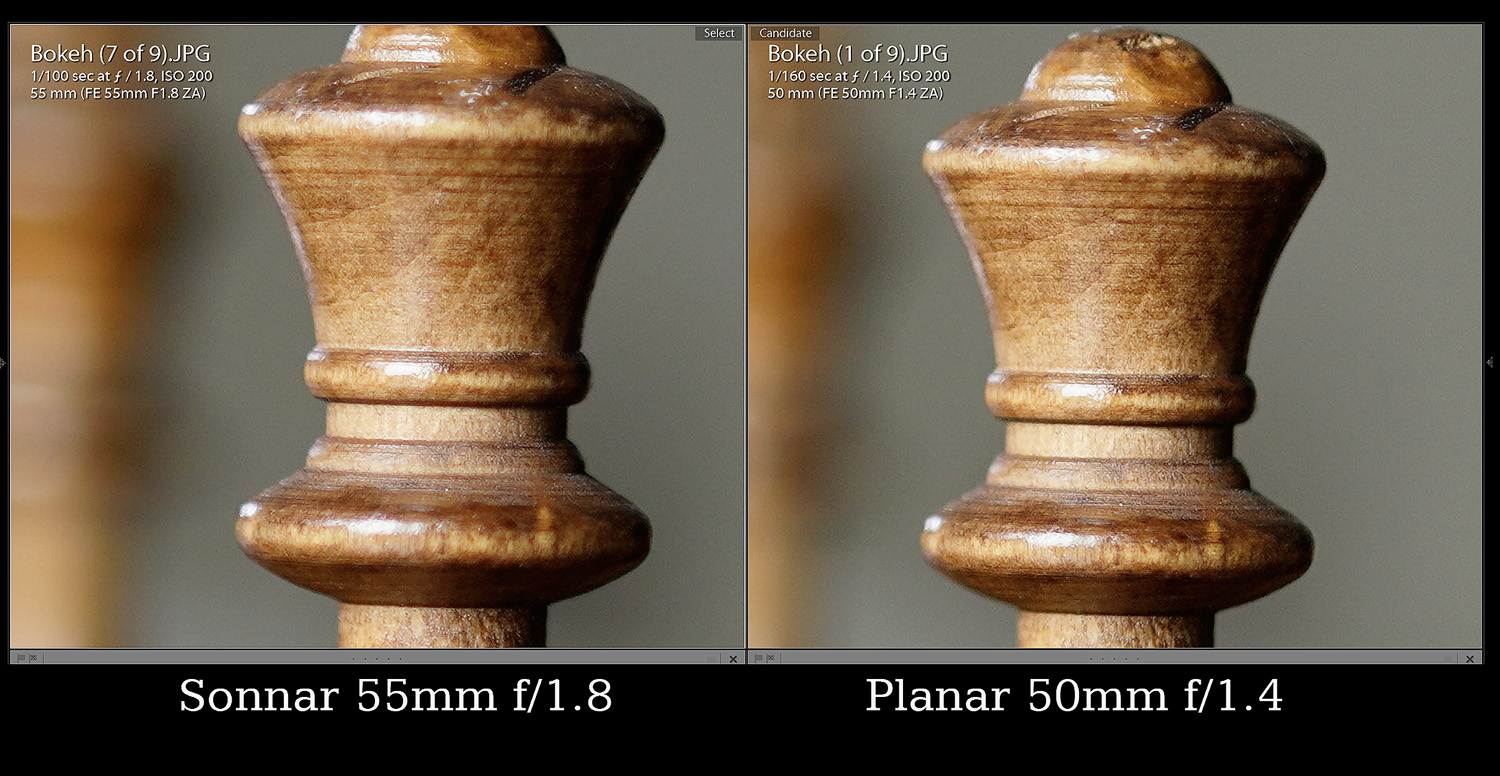
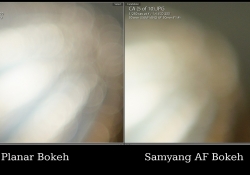
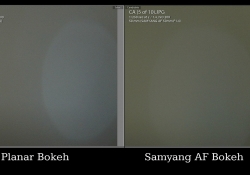


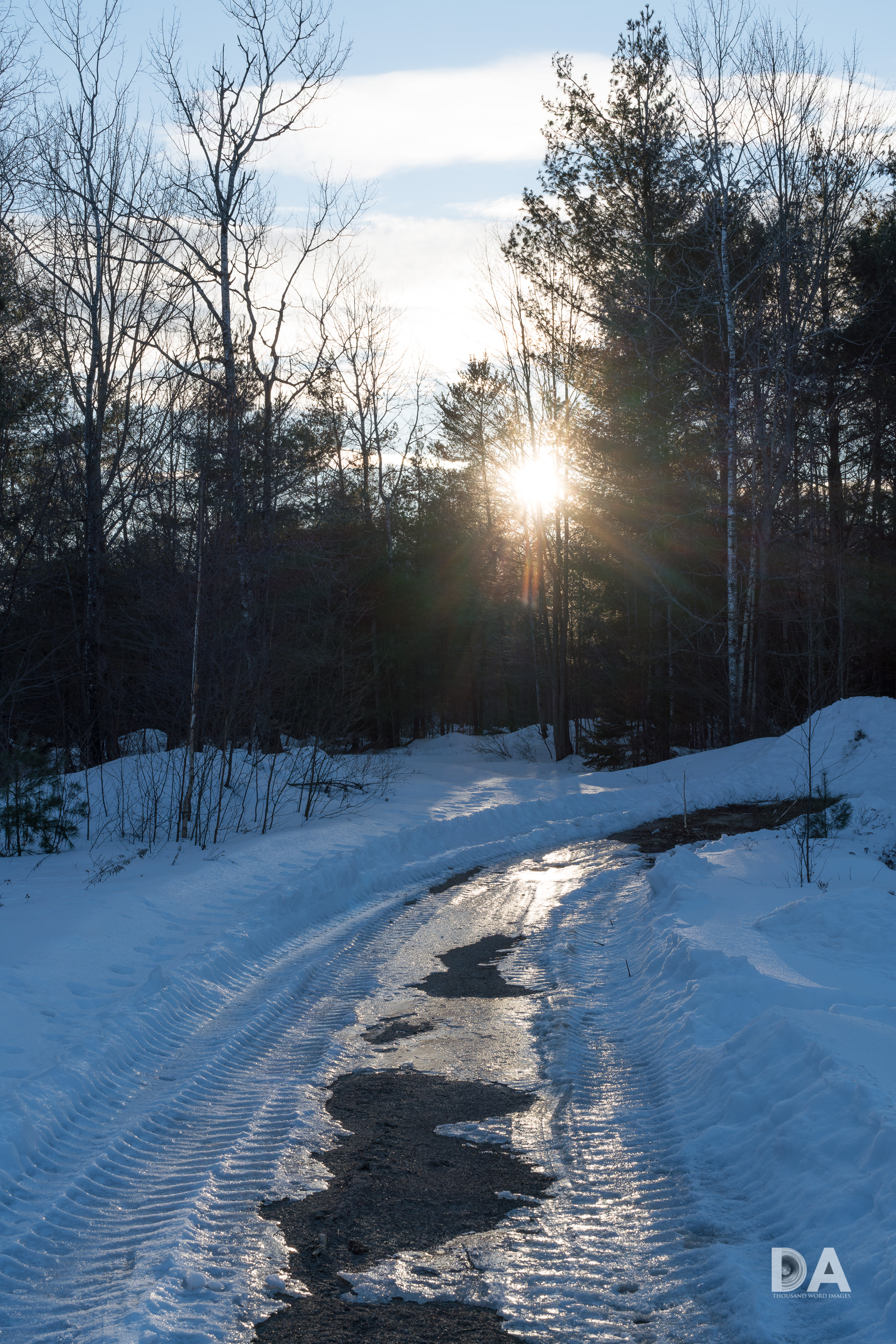








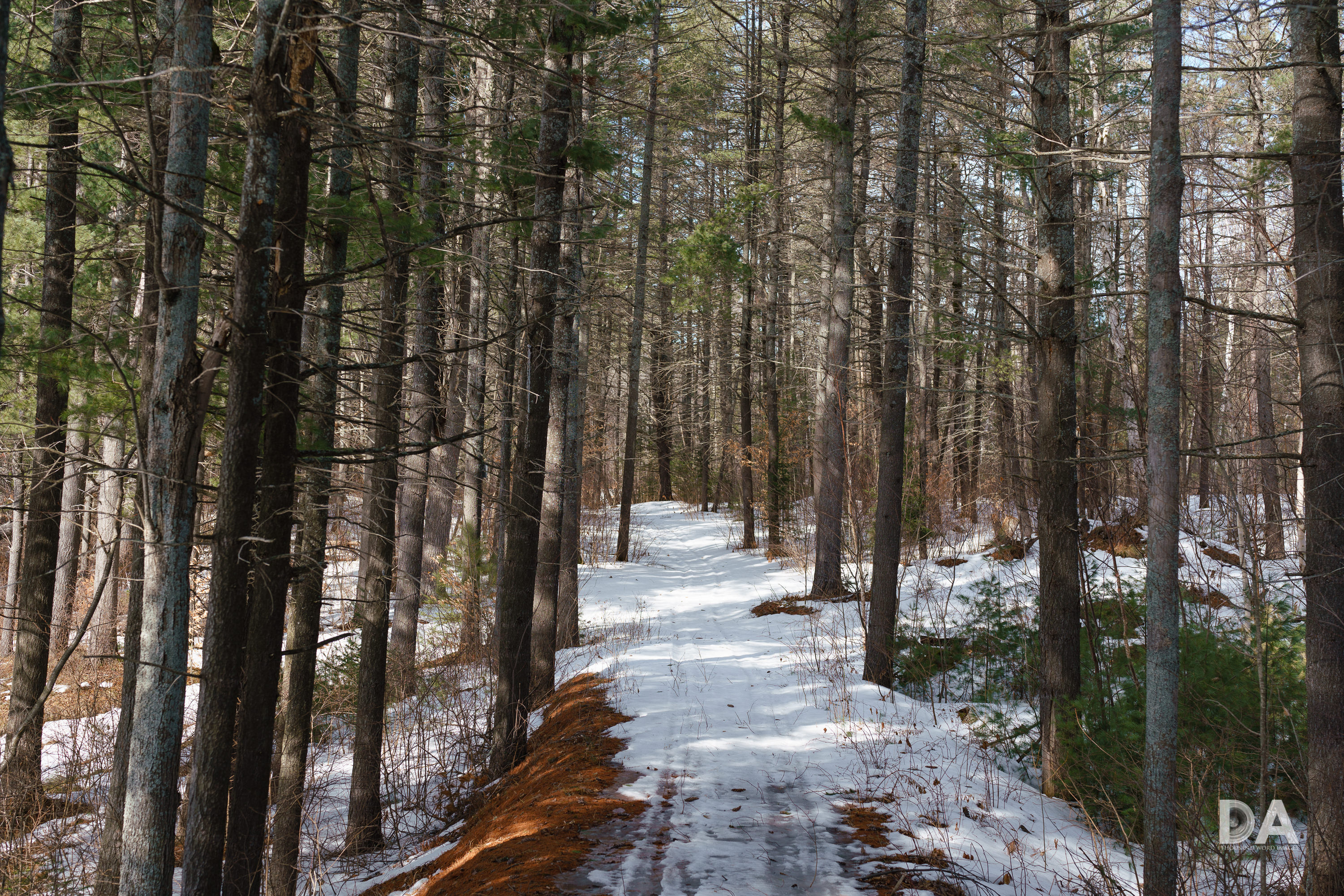


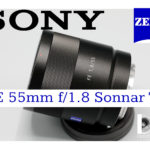


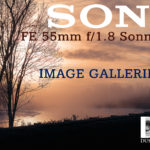
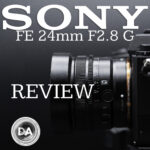
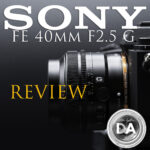



[…] Dustin Abbott […]
[…] During my review period and comparisons, I noted that the Sonnar 55 delivered the “coolest” results of the three, with a slight bias towards blue tones. The Planar 50 delivered the most neutral results, so if optimal color accuracy is a high priority for you, you may want to check out my review of that lens here. […]
[…] Head and Torso Simulator, Type 5138 (Personal View) Sony Zeiss 50mm f/1.4 Planar T* Review (Dustin Abbott). ProRes RAW Explained […]